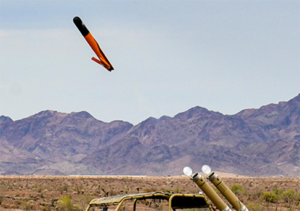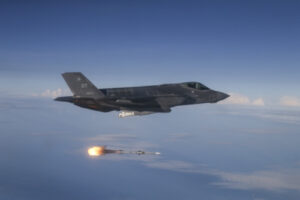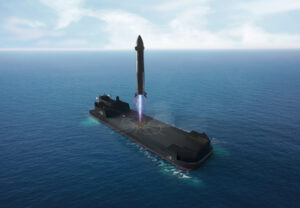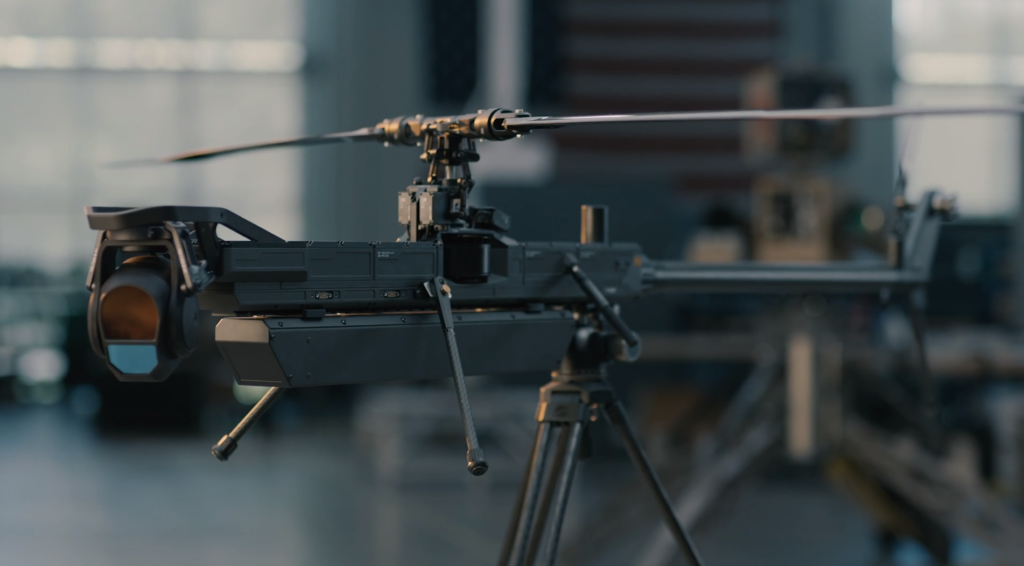Defense Daily
-
 Navy/USMC
Navy/USMCAuthorizers Support New LSM Plan, Impose Vessel Construction Manager Strategy
The newly released House and Senate Armed Services Committee’s FY 2026 defense authorization bills both support the Navy’s latest strategy to move forward with a non-developmental design for the Medium […]
Tagged in: -
 Homeland Security
Homeland SecurityCoast Guard Seeks Sources For Interim Long-Range C2 Plane That Also Serves DHS Chief
The Coast Guard last Thursday issued a source sought notice to help it survey the market for a potential lease of a Gulfstream jet that could be used as one […]
Tagged in: -
 Budget
BudgetSASC Wants The Joint Back In Joint C-sUAS Office With Transfer To OSD
The Senate Armed Services Committee (SASC) is recommending that leadership of a Defense Department office charged with assessing counter-drone technologies and developing related requirements and training be transferred from the […]
-
 Pentagon
PentagonCongressionally Established DoD Progress Payment Pilot Program On Hold
Section 874 of the fiscal 2024 National Defense Authorization Act authorized the DoD acquisition chief to “establish and implement a pilot program to incentivize contractor performance by paying covered contractors […]
-
 Uncategorized
UncategorizedDefense Watch: IAM Contract Negotiations, Dutch V-Bats, B-2 Unit Costs, Starship Propulsion
IAM Contract Negotiations. Union workers at Boeing’s defense facilities in the St. Louis region, and its new MQ-25 unmanned aircraft production plant across the Mississippi River in Mascoutah, Ill., have […]
-
Friday, July 11, 2025
- Hegseth Directs Widespread Use Of Expendable Drones By End Of 2026
- Bollinger Modifying Vessel As Landing Platform For Rocket Lab’s Neutron Launch Vehicle
- Army’s Goal To Build 100,000 155mm Rounds Per Month Delayed To Mid-2026
- Massive Ordnance Penetrator Modification Program Delayed By Build of Surrogate Targets
- CENTCOM Chief Wants $150 Million To Acquire Technology To Test And Evaluate
- Booz Allen Invests In Cybersecurity Firm Focused On Machine Identity
- Classification Remains Barrier to DoD Space Information Sharing with Allies
-
Friday, July 11, 2025
- Hegseth Directs Widespread Use Of Expendable Drones By End Of 2026
- Bollinger Modifying Vessel As Landing Platform For Rocket Lab’s Neutron Launch Vehicle
- Army’s Goal To Build 100,000 155mm Rounds Per Month Delayed To Mid-2026
- Massive Ordnance Penetrator Modification Program Delayed By Build of Surrogate Targets
- CENTCOM Chief Wants $150 Million To Acquire Technology To Test And Evaluate
- Classification Remains Barrier to DoD Space Information Sharing with Allies
- Booz Allen Invests In Cybersecurity Firm Focused On Machine Identity
-
 Unmanned Systems
Unmanned SystemsHegseth Directs Widespread Use Of Expendable Drones By End Of 2026
Responding to a recent presidential directive to bolster American drone capabilities, Defense Secretary Pete Hegseth has ordered the military services to take a more aggressive role in quickly purchasing small […]
Tagged in: -
 Space
SpaceBollinger Modifying Vessel As Landing Platform For Rocket Lab’s Neutron Launch Vehicle
Bollinger Shipyards is modifying a 400-foot vessel to be the ocean landing platform for Rocket Lab Corp.’s [RKLB] reusable Neutron medium-lift rocket, Rocket Lab said on Thursday. The “Return On […]
-
 Army
ArmyArmy’s Goal To Build 100,000 155mm Rounds Per Month Delayed To Mid-2026
The Army’s goal to produce 100,000 155mm artillery rounds per month by late 2025 has been delayed by about six months to mid-2026, a service spokesperson confirmed. Army spokesperson Steve […]

